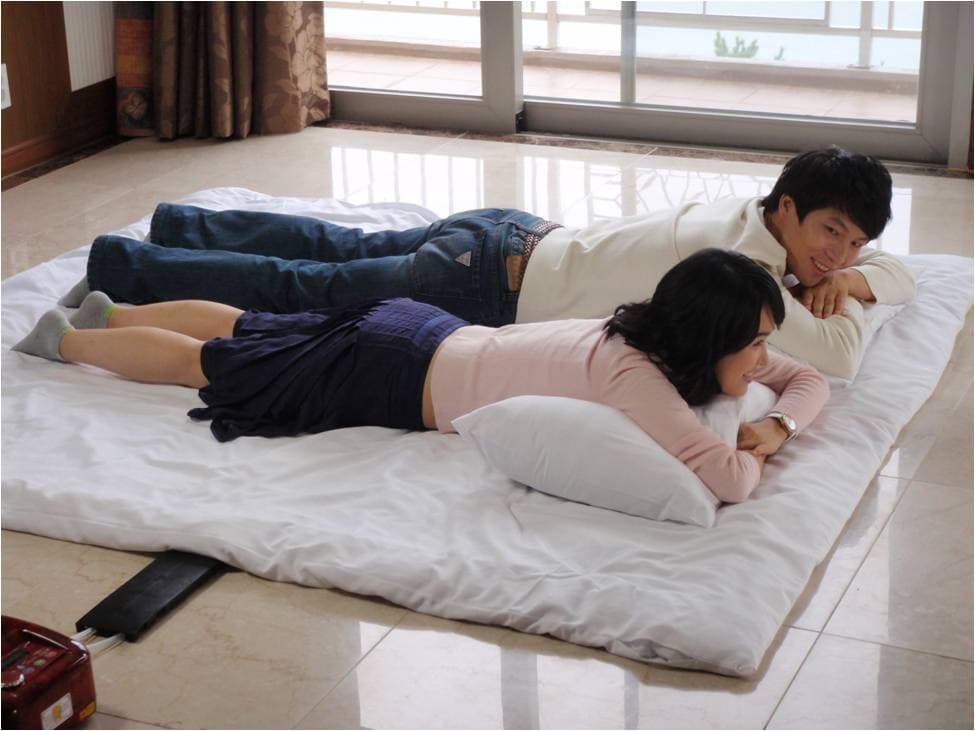Do Koreans hate Jews? The Anti-Defamation League has done a world survey, and they've found that South Korea is the third-most anti-Semitic country in Asia, behind Malaysia and Armenia.
But Dave Hazzan at Tablet looks at the ADL's questions and methods and suggests that there might be a few problems with the notion that Koreans are anti-Semites. And I tend to agree.
First, Koreans tend to love Jews, or at least admire them. They see Jews as well educated, smart, financially savvy, media savvy, and powerful, which is how they would like to see themselves. We tend to call that a "dark side" because, whenever in European history anyone has said anything nice about the Jews, it has usually been followed with a call to kill them for whatever success they've had.
But that's not what's happening in Korea.And Jews are a high proportion of Nobel Prize winners, prominent in education, prominent in finance, and prominent in the media industry. This is a thing we talk about all the time amongst ourselves. We're proud of Albert Einstein and Mike Bloomberg and Jerry Seinfeld and Goldwyn and Meyer and lots of other Jews who have excelled. We need to move past the ghetto mentality of assuming that any outside praise is a veiled attack. Just as one can criticize Israel without necessarily being an anti-Semite -- their own members of parliament do it all the time -- one can also praise Jews without necessarily being an anti-Semite.
Second, Hazzan is exactly right about "too much," but could have explained further. In Korean, "too much" (너무) is a modifier like "really" or "totally" in English. It's common to say things like "That food was too delicious!" or "Your girlfriend is too pretty." The implication is not that the food has exceeded a deliciousness limit or that the girlfriend really ought to be uglier. Like "totally," which doesn't always imply actual totality -- "She's totally pretty" doesn't mean I think her toenails and her liver are gorgeous -- "too much" or "too" is often just a strengthening modifier in Korean.
Third, it is drastically absurd to expect Koreans to have the same kind of linguistic care around racism that we do. Their culture and history is different, and so is their language. We make a very big distinction between "There are a lot of really great African-American athletes" and "African-Americans are good at sports." It is, in the American context, a really important distinction. It's also a distinction many Koreans don't quite grasp. Their country had close to zero foreigners in it until the 1890s, and even now it has fewer foreigners than most countries. The proportion of foreign residents is now up to 2%, about half of whom are Chinese. Until the 1990s, few Korean traveled overseas and few foreigners came to live in Korea, so Korean society is relatively new at dealing with issues of race and ethnicity. (There's basically no ethnic variation within Korean society outside of foreigners.)
Finally, we should not do to Koreans what the ADL accuses them of doing to us, which is applying a single perspective across an entire population. Some Koreans are undoubtedly racist. Some are idiots too. Some are well educated and worldly, others are poorly educated and ignorant. Kind of like Americans. Or Jews. You can point to specific incidents of Koreans acting racist -- and the press is very happy to do just that whenever they get a chance, as in the recent case of an Irish job applicant who was rejected because her kind are alcoholics. That case was presented as if "Irish Need Not Apply" signs were on display all over Korea, but they're not.
All of which makes me question the ADL's surveys and methodologies everywhere else. They're an organization committed to fighting anti-Semitism, which means they're an organization committed to the widespread existence of anti-Semitism. One should be very careful about taking these kinds of surveys at face value. Like global happiness surveys or measures of what people care about, they often fail to take into account local cultural variations (Which cultures like to complain while happy? Which like to say they're happy when they're miserable?) and come up with results that are facile at best, grossly misleading at worst.

